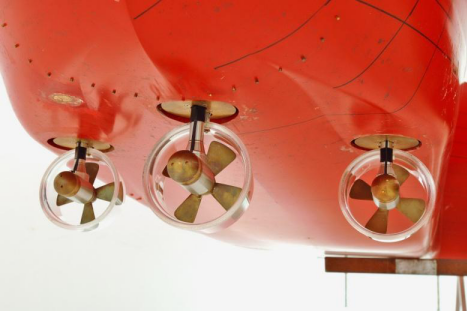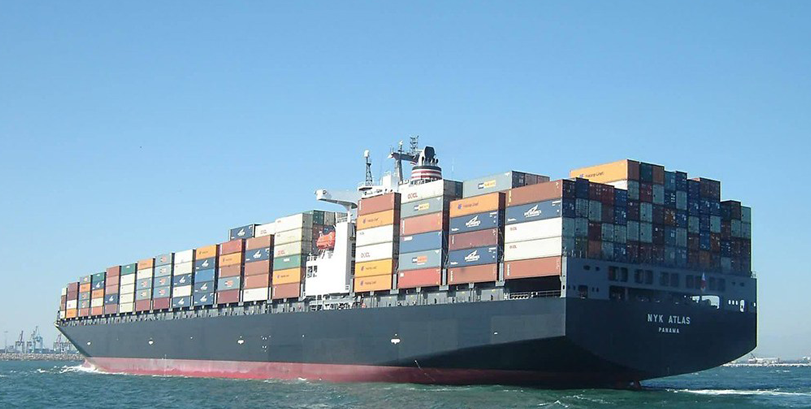MARIN – Thruster Allocation for Dynamical Positioning #SWI2010
MARIN, the Maritime Research Institute Netherlands, has become a reliable, independent, and innovative service provider for the maritime sector and a contributor to the well being of society.
MARIN has been expanding the boundaries of maritime understanding with hydrodynamic research for over 70 years. Today, this research is applied for the benefit of Concept Development, Design Support, Operations Support, and Tool Development. The services incorporate a unique combination of simulation, model testing, full-scale measurements, and training programs.
Problem description

Many ships working in the offshore industry are equipped with a dynamic positioning (DP) system. The position of the vessel is measured and actively controlled thrusters (main propellers, rudders, azimuthing thrusters, bow tunnel thrusters, ….) are used to keep the vessel at the desired location. The main advantage for DP vessels working in deep water is that no mooring system is required. DP systems consist of the following components; a position reference system (to determine the position error), a Kalman filter (to separate the low frequency and wave frequency motions, in real-time, without phase delay), a controller (to determine the required forces FX, FY, and MZ, based on the low-frequency position error) and a thrust allocation algorithm (to distribute the required total forces over the available thrusters). Typically, the vessel will have more thrusters than strictly necessary, resulting in an overdetermined allocation problem. The aim of the allocation algorithm is to generate the total thrust force, while minimizing fuel consumption (power). The output of the thruster allocation algorithm is the RPM and azimuth angle settings for each of the individual thrusters. The resulting optimization problem has the multiple challenges.


